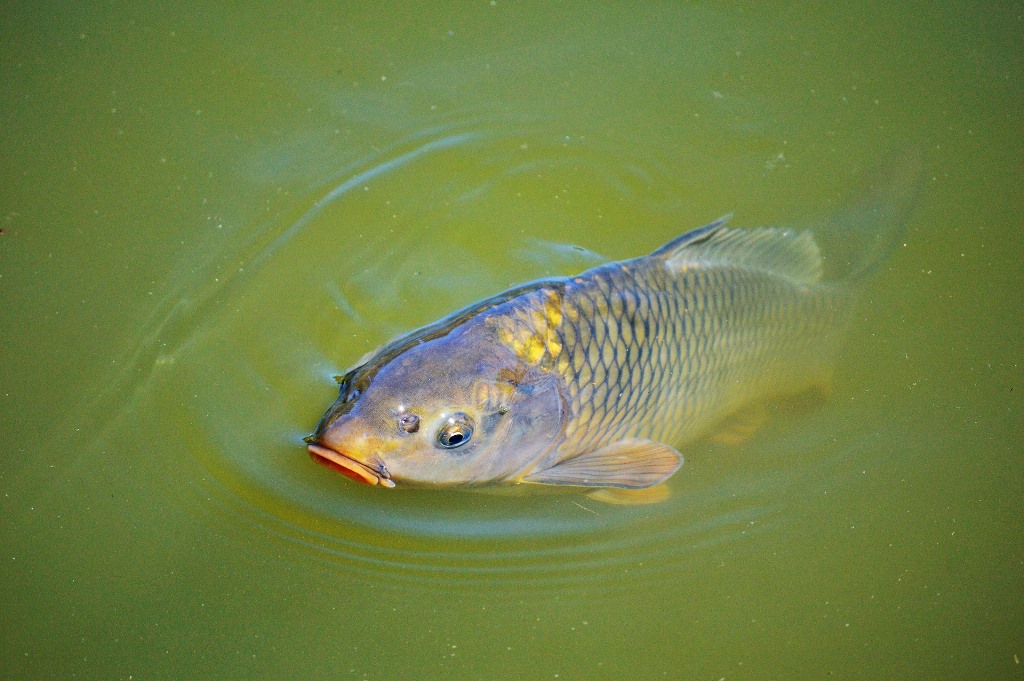Although aquaculture in treated wastewater is practiced worldwide, there is scant scientific research concerning whether organic micropollutants are present at safe levels for consumption.
A new study in Aquaculture by BGU researchers has determined that organic micropollutants (OMPs) in the water - trace elements of heavy metals, pharmaceuticals and personal care products as well as pesticides, solvents, and detergents - result in minimal accumulation in fish. Additionally, the wastewater does not appear to affect other commercially important traits of fish.
"The presence of micropollutants in water can lead to toxic biological effects in fish including mutations, and feminization of male fish from being exposed to endocrine-disrupting OMPs," says Prof. Dina Zilberg, a researcher in the BGU French Associates Institute for Agriculture and Biotechnology of Drylands, Jacob Blaustein Institutes for Desert Research.
Tertiary wastewater treatment (TTWW) is the third and final stage of the cleaning process that improves wastewater quality before it is reused, recycled or discharged to the environment. The treatment removes remaining inorganic compounds and substances, such as the nitrogen and phosphorus, but not the organic compounds.

In the laboratory study, juvenile Carp (Cyprinus carpio) were raised in 0%, 50% and 100% TTWW for five months. Seven out of 40 screened OMPs were detected in the water samples at least once. Out of the 19 analyzed OMPs in fish tissues, four were detected in exposed fish. Carbamazepine, an anticonvulsant and diclofenac, an anti-inflammatory, were detected in the muscle and liver of fish grown in 50% and 100% TTWW at measurable concentrations. Carbamazepine-epoxide and Benadryl (diphenhydramine) concentrations were below the limit of quantification (LOQ) in the muscle of the exposed fish, while diphenhydramine was detected above the LOQ level in two liver samples of fish grown in 100% TTWW.
"Based on the findings, TTWW can be successfully used for growing fish, and TTWW-grown fish met all the existing standards for heavy metals accumulation," Zilberg says. "However, further investigation of OMPs accumulation in different species of edible fish with different feeding habits is required to ensure public health when using TTWW for aquaculture."
###
This work was supported by the Jewish Charitable Association (ICA) and by a Ph.D. scholarship to Inbal Zaibel from the Israel Ministry of Science and Technology [3-12876. 2016].
Other BGU researchers that participated in this study include: Dr. Shai Arnon; Inbal Zaibel, a Ph.D. student; Gal Dagan, and BGU Blaustein Institutes. Other researchers include; Frieda Schwartsburd, and Malka Britzi, The National Residue Control Laboratory, The Kimron Veterinary Institute, Ministry of Agriculture; and Shane Allen Snyder, University of Arizona.
Media Coverage:
The Fish Site